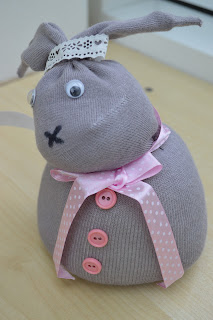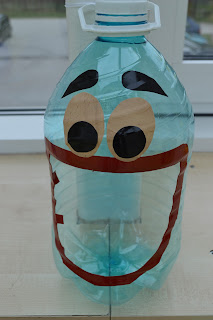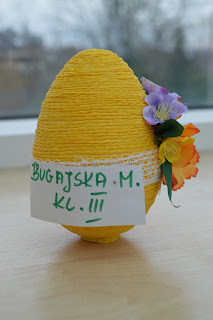 Easter in our culture and Polish tradition is necessarily associated with the performance and painting of the so-called Easter eggs. The custom itself originates from antiquity. The first Easter eggs are known from Sumerian Mesopotamia, Egypt or ancient Greece and Rome. The Slavs living in our lands also knew this custom, as evidenced by archaeological excavations from the vicinity of Wrocław and Opole, where 10-year-old Easter eggs were discovered. Easter eggs were one of the most characteristic elements of the Yar Godów, ie spring holidays, when the Slavs were happy with the beginning of the next growing season, with the arrival of the sun and the arrival of warmth. The egg symbolized vital forces and, like today, the beginning of a new life. It mediated between the human world and the spirits and gods. It was a great gift for the Gods, and its power was able to drive off the evil charms and demons unfavorable to people. With time, along with the adoption of Christianity, the egg and eggs become also a symbol of the Lord's Resurrection and Easter. Currently, all colored eggs are called Easter eggs, but we should distinguish among them:
Easter in our culture and Polish tradition is necessarily associated with the performance and painting of the so-called Easter eggs. The custom itself originates from antiquity. The first Easter eggs are known from Sumerian Mesopotamia, Egypt or ancient Greece and Rome. The Slavs living in our lands also knew this custom, as evidenced by archaeological excavations from the vicinity of Wrocław and Opole, where 10-year-old Easter eggs were discovered. Easter eggs were one of the most characteristic elements of the Yar Godów, ie spring holidays, when the Slavs were happy with the beginning of the next growing season, with the arrival of the sun and the arrival of warmth. The egg symbolized vital forces and, like today, the beginning of a new life. It mediated between the human world and the spirits and gods. It was a great gift for the Gods, and its power was able to drive off the evil charms and demons unfavorable to people. With time, along with the adoption of Christianity, the egg and eggs become also a symbol of the Lord's Resurrection and Easter. Currently, all colored eggs are called Easter eggs, but we should distinguish among them:• Kraszanki - they are found in the northern part of Poland, called coloring books and bullocks. The name comes from the words "krasić" or "dyeing", because eggs are boiled eggs in a colorful decoction - formerly obtained only from natural ingredients, such as onion shells, oak bark, walnut shells, beetroot juice and young rye sprouts. Various patterns are often scraped on them.
• Nalepianki - popular in Krakowskie and Łowickiem, it's eggs decorated with colorful paper cutouts.
• Oklejanki - met in the Mazovian region, these shells covered with a core of bulrushes and colored yarn, which creates beautiful ornaments.
Today, in addition to these traditional ways of decorating, we decorate eggs in a more contemporary way, inspired by available materials and decorative techniques. And that's how colorful ribbon eggs, textiles, sequins, hand-painted, crocheted and others are made.
In our school, to continue this centuries-old tradition in April, a competition for the most beautiful Easter eggs was announced. Here are the works made by our students, which were placed on the exhibition in the school liaison:







































No comments:
Post a Comment